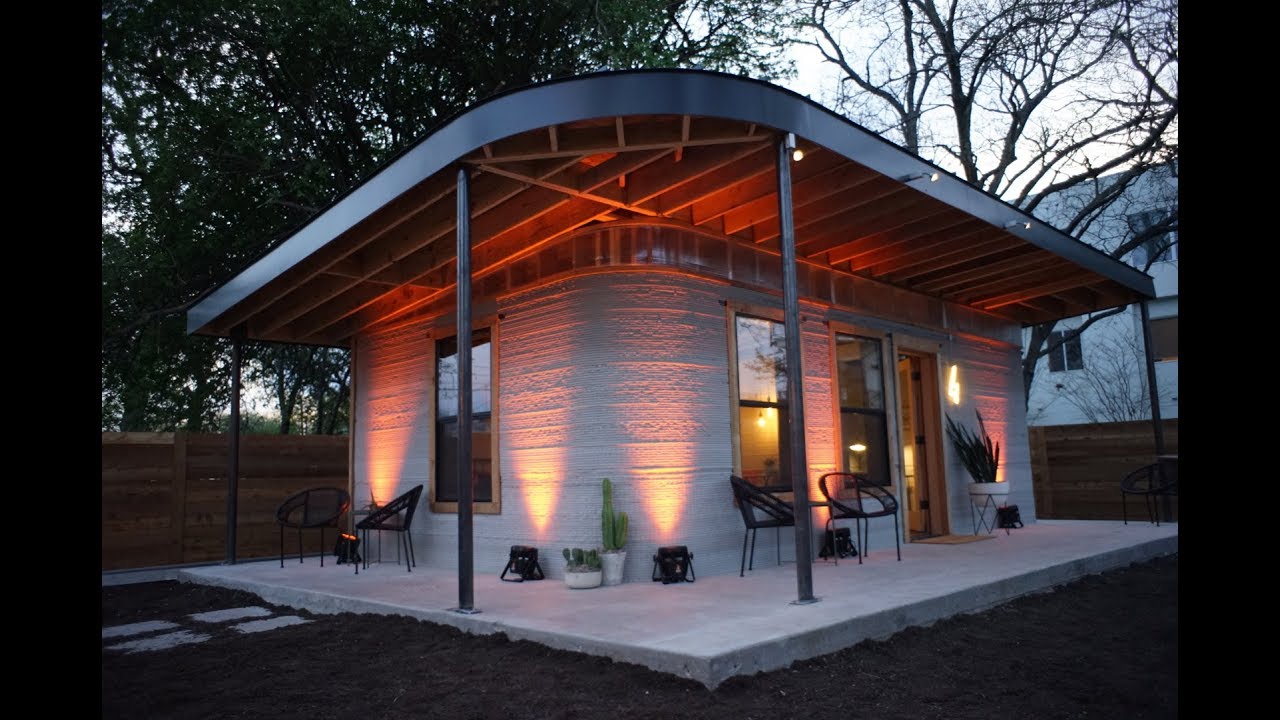The 3D printed houses are here and ready to conquer the market
Building a house is a process that is not only time-consuming, but also expensive. However, this could soon change. More and more manufacturers are exploring the world of construction 3D printing, also known as house 3D printing. According to Aniwaa, house 3D printers use paste extrusion to build houses – a similar technology to the one that FFF 3D printers use. “Paste-type material, such as concrete or mud, is pushed through the house 3D printer’s nozzle in layers. 3D printing in the construction industry helps save time, effort and material. However, construction 3D printers are not yet capable of creating a fully functional house. Indeed, only the frame and walls of the house are built– other elements, such as electricity or indoor plumbing, need to be manually installed,” explains Aniwaa on its website.
ICON has developed a method for printing a single-story 650-square-foot house out of cement in only 12 to 24 hours, a fraction of the time it takes for new construction. If all goes according to plan, a community made up of about 100 homes will be constructed for residents in El Salvador next year. The company has partnered with New Story, a nonprofit that is vested in international housing solutions. “We have been building homes for communities in Haiti, El Salvador, and Bolivia,” Alexandria Lafci, co-founder of New Story, told The Verge.
Using the Vulcan printer, ICON can print an entire home for USD 10,000 and plans to bring costs down to USD 4,000 per house. “It’s much cheaper than the typical American home,” Jason Ballard, one of ICON’s three founders, also said to The Verge. It’s capable of printing a home that’s 800 square feet, a significantly bigger structure than properties pushed by the tiny home movement, which top out at about 400 square feet.
Moreover, France’s first 3D-printed house will be unveiled in the city of Nantes in April. The first tenants of the groundbreaking public housing property are scheduled to move in by June. Researchers at the University of Nantes are responsible for the project, which was built using a robot 3D printer, known as ‘BatiPrint3D,’ in just 18 days before its hollow walls were filled with cement. The robot uses a special polymer material that should insulate the 95-square-meter (1000-square-foot), five-room house for a century.

